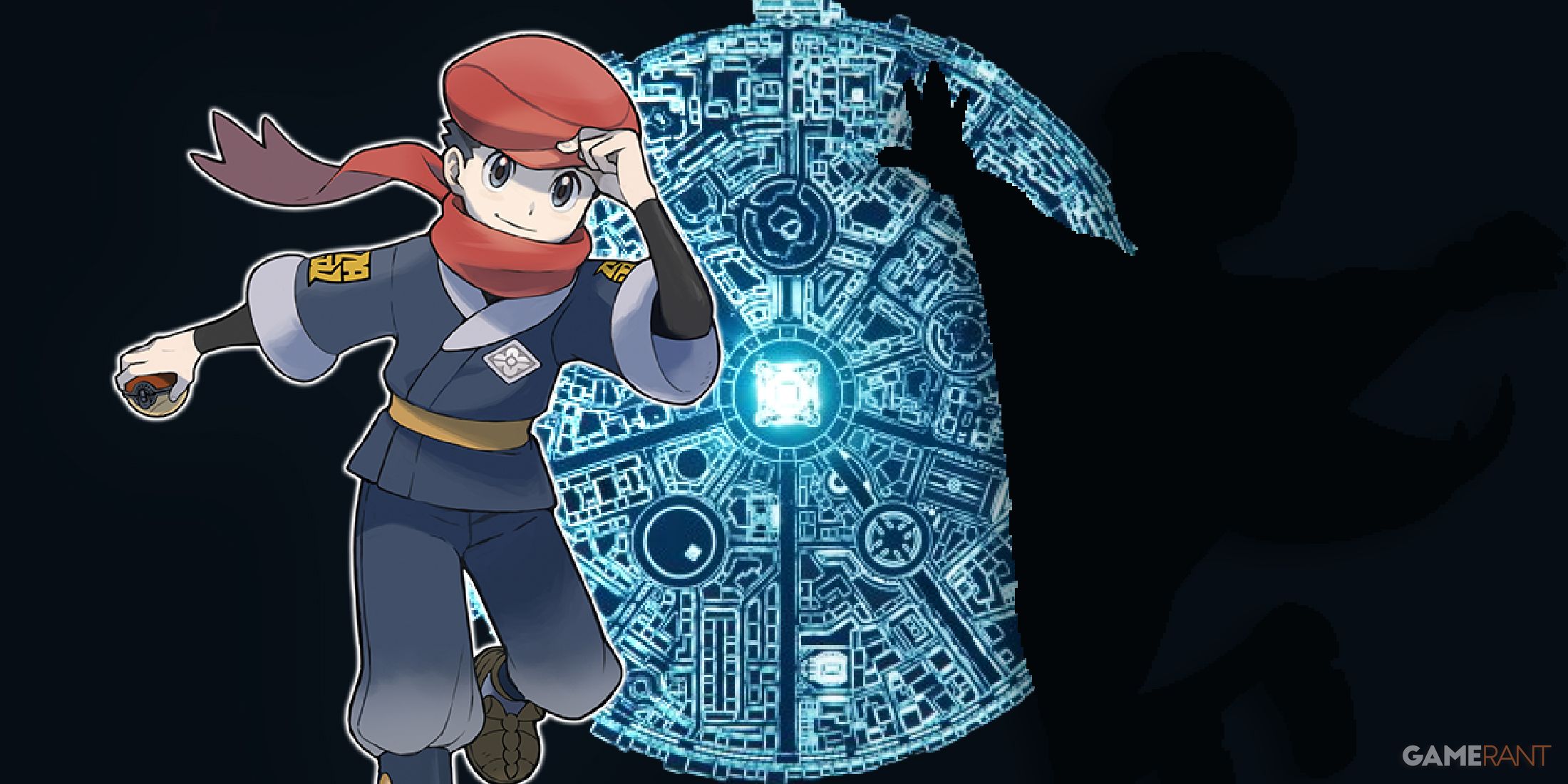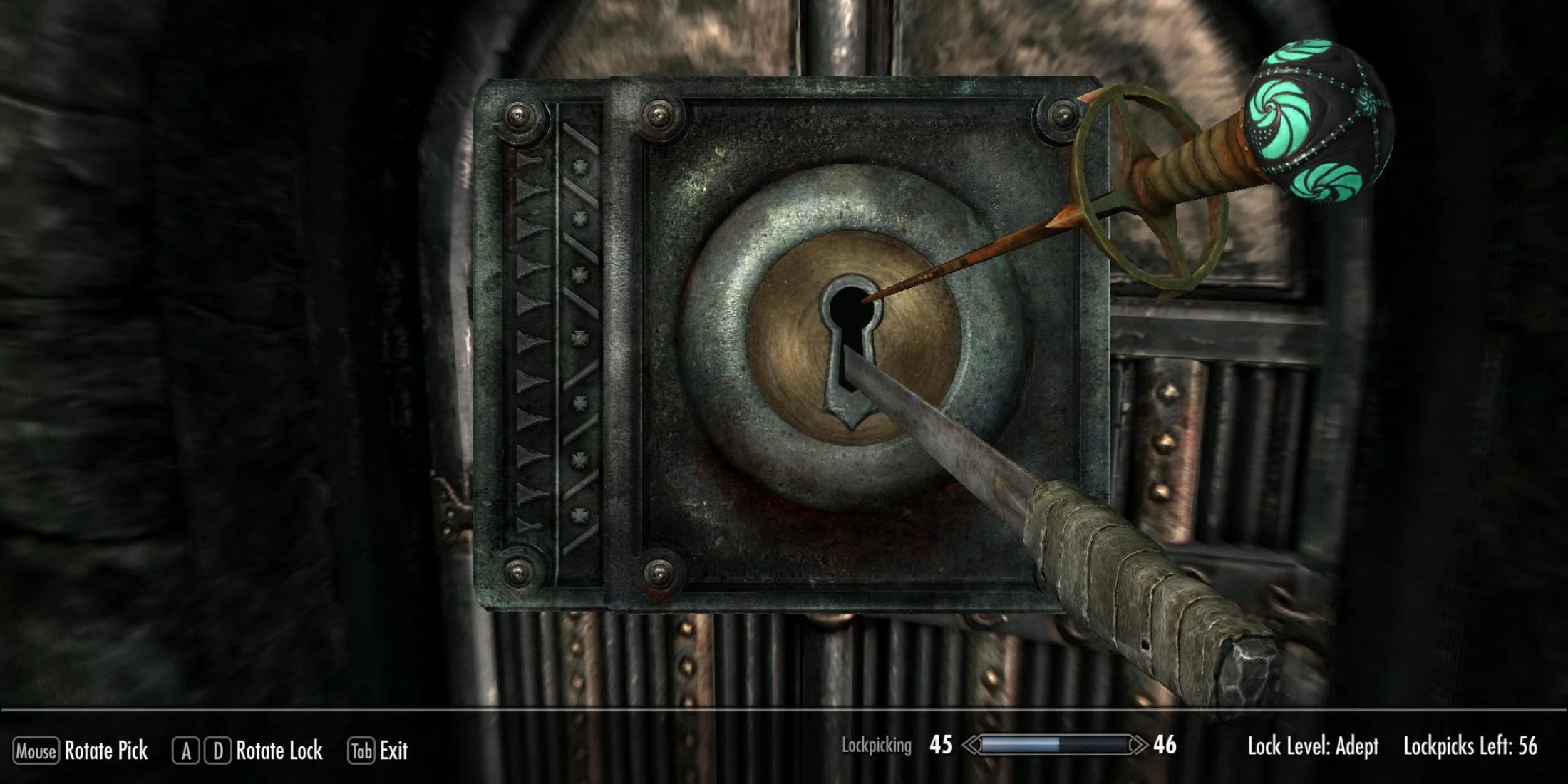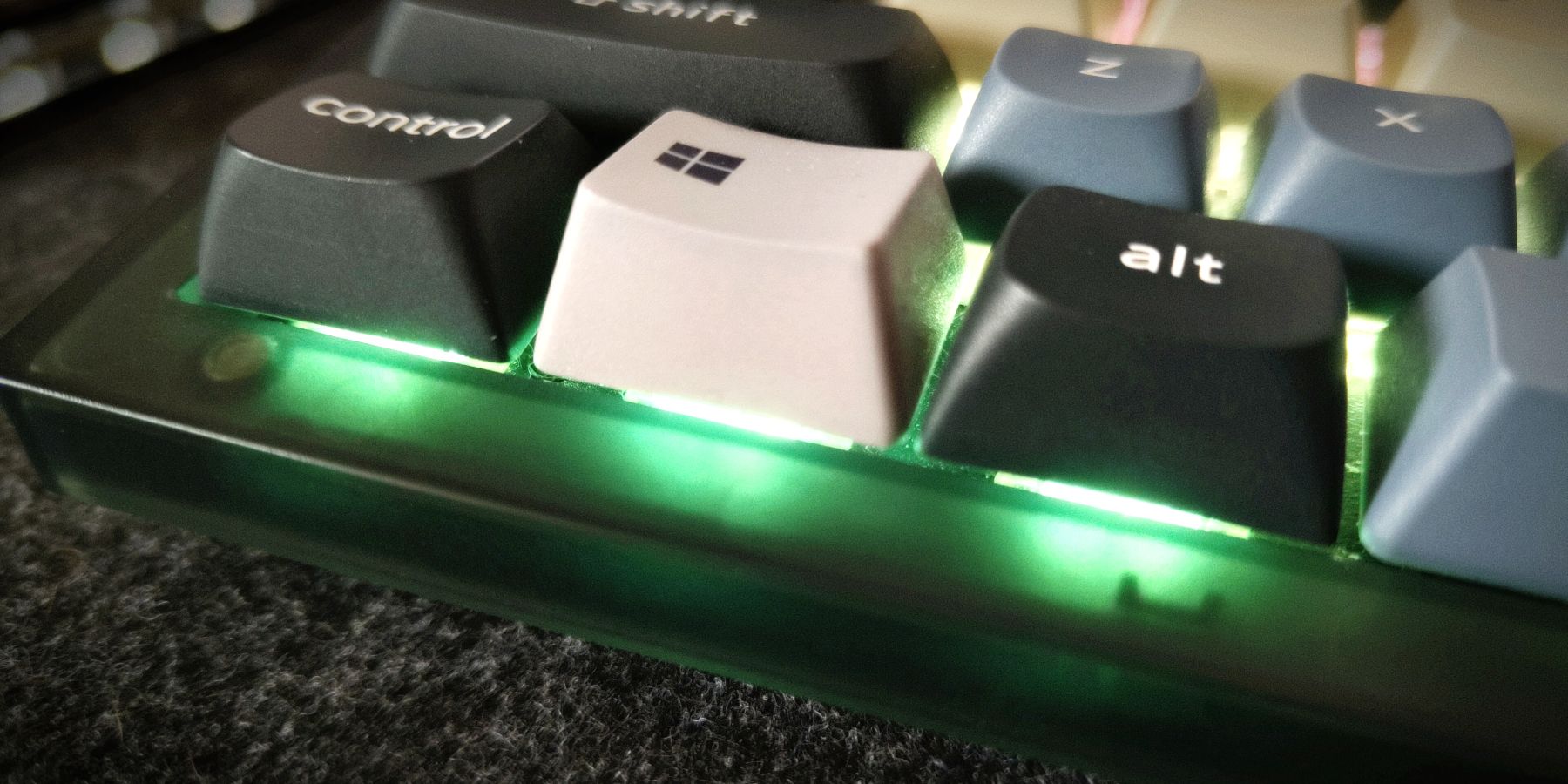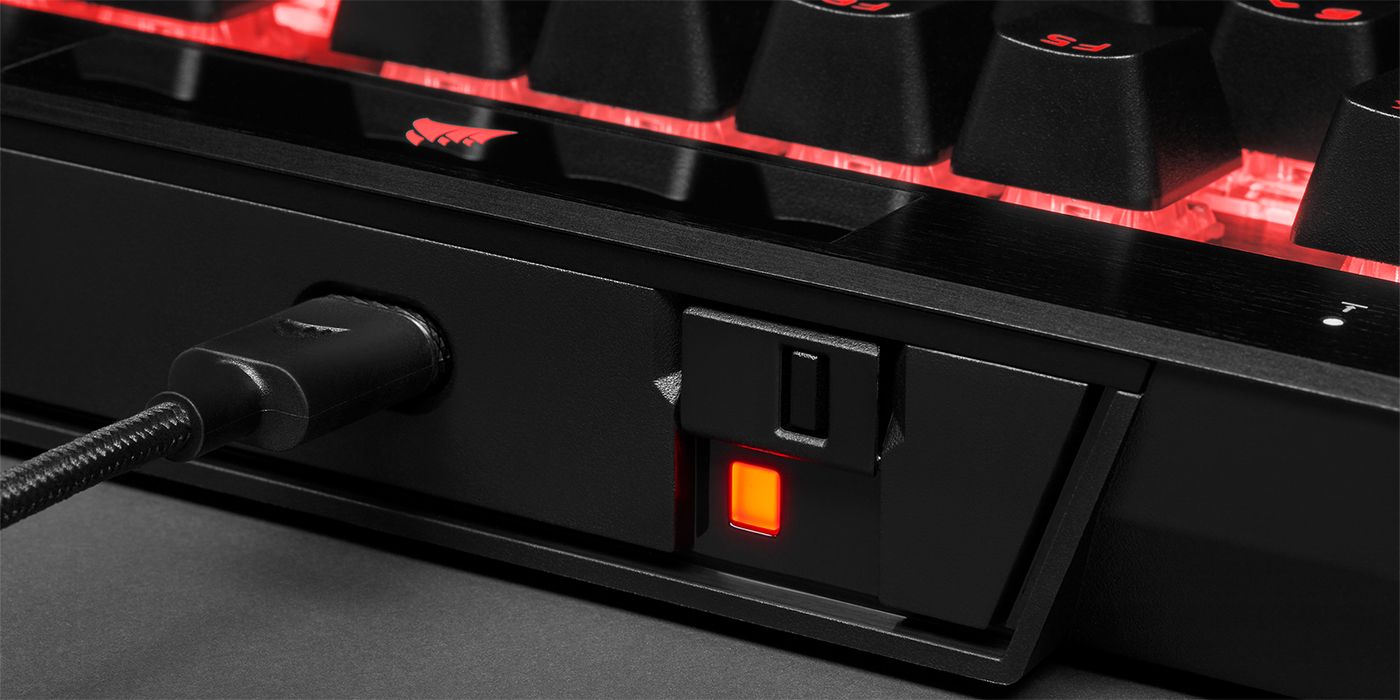Microsoft is finally taking the steps necessary to establish a unified RGB management platform on Windows. While the operating system is still fairly dominant for the majority of gaming and enterprise use cases, certain changes over the past couple of years have nudged Microsoft into finally adopting some features that have been a long time coming.
For example, Valve's release of the Steam Deck, which quickly made a name for itself as one of the best modern handheld gaming devices, presented gamers with a valid operating system alternative to Windows - the SteamOS. Though SteamOS on its own isn't about to truly challenge Windows as the go-to gaming OS anytime soon, the fact remains that Microsoft's seminal operating system is no longer the be-all and end-all that it once was.
A small but notable way in which Microsoft aims to increase the utility of the Windows OS and its future relevance for gamers is through RGB management. It's no secret that, up until now, each major peripheral maker has relied on its own proprietary RGB management solution, like Corsair's iCUE utility. These give users no way to bring third-party devices onboard to more easily harmonize their RGB lighting with one another, and one of Windows 11's upcoming features, the Dynamic Lighting menu, intends to solve this issue once and for all.
According to Microsoft's new post on the official website, Windows users will soon be able to "effortlessly" customize all their RGB-enabled peripherals through a simple menu screen, allowing all their gadgets to seamlessly work together without the need for third-party software. Though there's no official handheld mode coming to Windows, tweaks such as the new Dynamic Lighting menu show that Microsoft is, indeed, slowly working to make the OS a more useful and pleasant experience across the board.
Rumors of Valve's SteamOS officially releasing have been floating around for quite a long while now, but the company is yet to comment anything on this front. Valve's Linux-based operating system introduced a variety of key novelties to the gaming scene, not least of which are the OS-wide power draw and framerate caps. Microsoft may end up adopting similar features over time, especially if the company wants Windows-based gaming handhelds to offer a user experience that's comparatively pleasant to that of SteamOS.
More broadly, things are certainly looking up for Microsoft and Xbox in particular. It's been revealed that the CMA overstated Microsoft's cloud gaming share to halt its acquisition of Activision Blizzard. Along with other developments in the case, things may well end up changing for the better from Microsoft's point of view, marking a potential long-term victory for the gaming giant.
Source: Microsoft





